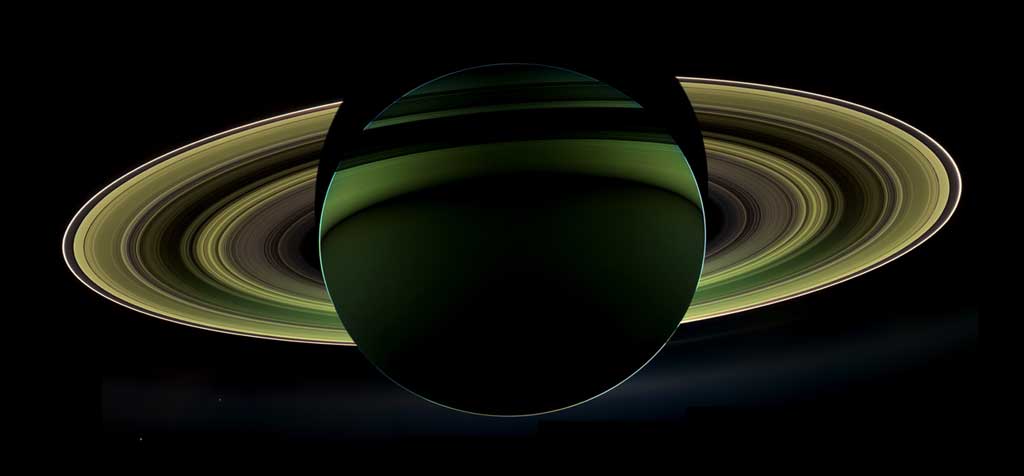Another method is to measure how the magnetic pole rotates around the geometric pole. This method is good for Jupiter, but on Saturn these two poles are aligned, so we can’t determine rotation this way. This method is also problematic for Uranus and Neptune because they have complex (non-dipole) magnetic fields.
Until recently, the best method for Saturn (and also for Uranus and Neptune) was to use spacecraft to measure the periodicity of radio radiation. Giant planets have currents that couple the magnetosphere and the ionosphere and generate radiation in radio frequencies. Recently, astronomers have found that the radio period is changing with time and therefore doesn’t necessarily represent the planetary rotation. Some scientists have also suggested theoretical methods such as inferring the period from minimizing the wind speeds or inferring it from the measured gravitational fields.
In fact, another complication arises from the fact that (unlike terrestrial planets) giant planets may not rotate as solid bodies. In that case, different regions have different rotation periods (differential rotation), and there is no single period that represents the planetary rotation. Although hard to determine, the rotation period of giant planets is an important property as it puts a clear reference for the wind speeds and constrains their internal structures (core mass and bulk composition).
Department of Geosciences
Tel Aviv University, Israel










